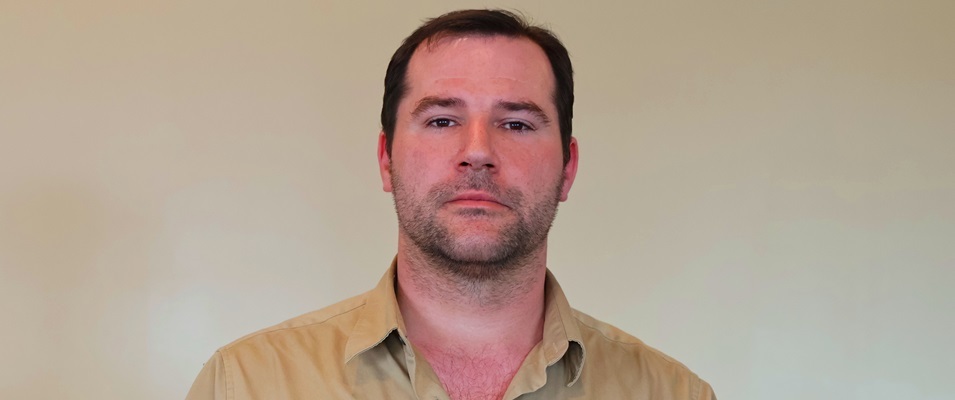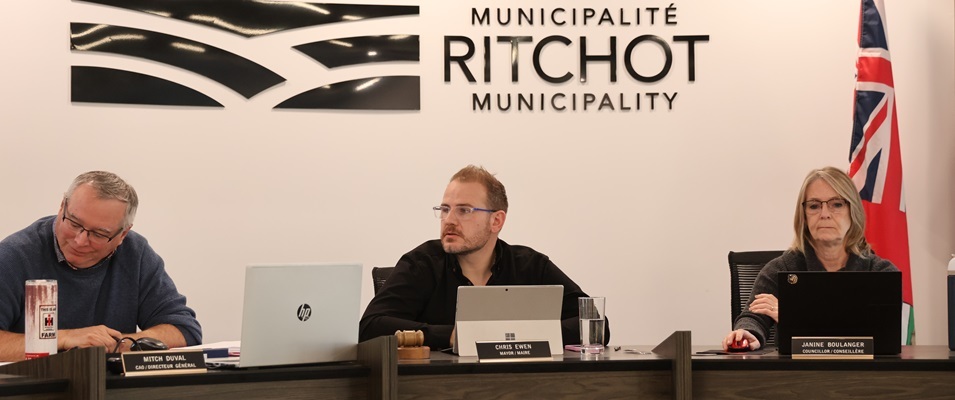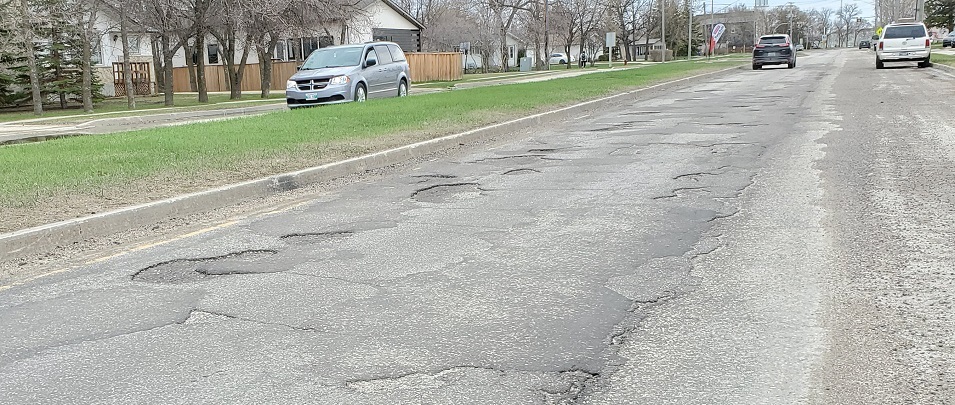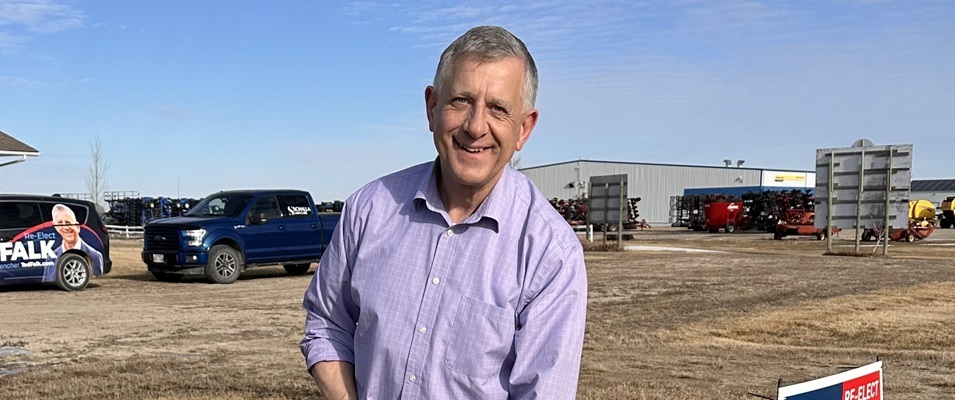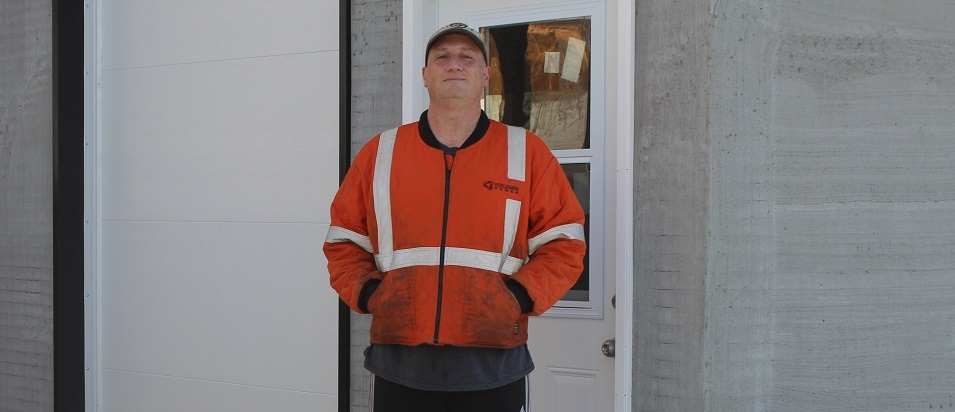
St. Adolphe resident Cameron Bennett is about to launch a new grassroots project which he believes could help sufferers of post-traumatic stress disorder (PTSD). The goal of the not-for-profit organization will be to aid veterans and first responders in better managing their PTSD symptoms by learning the skills of artistic blacksmithing and metalworking.
Himself a retired veteran of the Canadian Armed Forces, Bennett says his blacksmithing workshop will provide a relaxed and safe environment where attendees can learn a new skill, rebuild their confidence, and hopefully move forward on the road to recovery and integration back into society.
“I am a veteran who was released for mental health issues as well as physical [ones],” Bennett says. “After attempts to rejoin the workforce, I found I was unable to hold a job down. I have a friend who started blacksmithing and I thought it looked fun. I found that this is the only thing I can focus and concentrate on for long periods.”
Bennett’s 20-year military career included a peacekeeping tour in the former Yugoslavia and three combat tours in Afghanistan before his release due to service-related injuries.
Soon after, Bennett discovered a passion for blacksmithing which he then expanded on through an advanced course at Fleming College, as well as personal training from experienced blacksmith Jim Kehler.
“No matter how frustrated or angry I get, blacksmithing is the only thing that I can come back to and feel great afterwards,” says Bennett.
He says the work demands both focus and planning while providing a physical and emotional release—not to mention a sense of pride in the completion of a project.
Deciding he wanted to help PTSD sufferers find the same outlet for healing, Bennett set his dream into motion, giving his not-for-profit the unofficial name Forging Ahead.
Through support from Veteran Affairs Canada, Bennett attended the University of New Brunswick and received a diploma in Occupational Health and Safety. To round off his business acumen, he hopes to attend business management courses provided by a veterans’ support network.
Construction has already begun on the specialized blacksmithing shop in Bennett’s backyard on Hebert Road. The shop will be outfitted with the latest in safety equipment and sound and vibration dampening materials.
Bennett continues to seek financial support for every aspect of the project, from building construction to month-to-month maintenance costs and the purchase of specialized tools.
“With the addition of a new self-contained pneumatic power hammer,” he says, “veterans with physical injuries will be able to perform tasks and reach goals that were previously unachievable by them.”
As well, he hopes to create a building ventilation system which will reduce the need for restrictive personal ventilators.
To cap off his dream, Bennett hopes that the people of the rural southeast will show their support by providing opportunities to display the works of blacksmithing art which will soon be coming out of his workshop.
This hands-on approach to PTSD therapy, Bennett says, is a relatively new idea.
“The current programs that are created to help with PTSD and other mental health conditions are based upon teaching members [how to use] tools and resources individually in order to deal with their conditions,” he explains. “This can create an increased mental health burden if conditions persist and can even cause regression in some cases.”
According to Veterans Affairs Canada, up to 32 percent of Canadians in high-risk groups such as military, police, and paramedic services will suffer from PTSD in their lifetimes.
A whopping 71 percent of Canadian veterans who receive disability benefits for a mental health condition have PTSD. And Canada has a higher prevalence of PTSD than Europe, South Africa, Mexico, and Japan.
“Unfortunately, with the stigma that is prevalent in military and paramilitary organizations, members feel ashamed and many hide their mental health issues,” adds Bennett, suggesting that the actual rate of mental health issues among military personnel is likely much higher than what’s reported.





